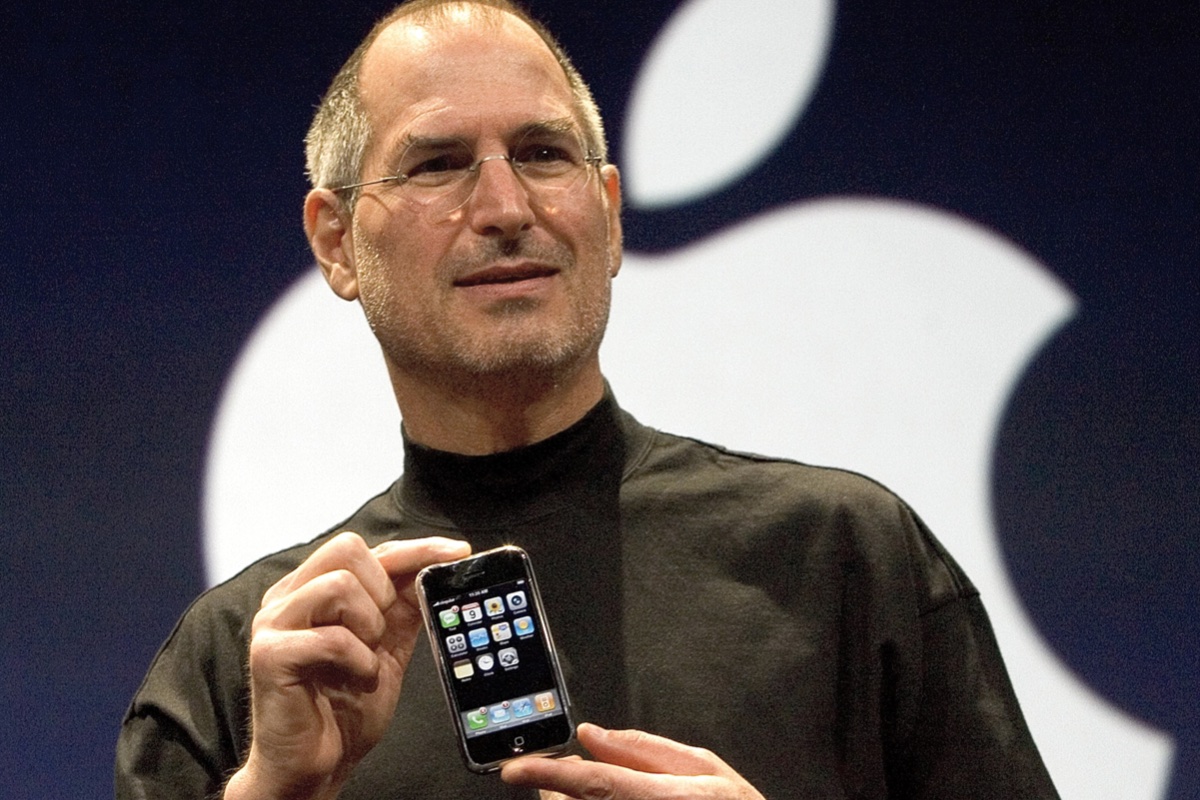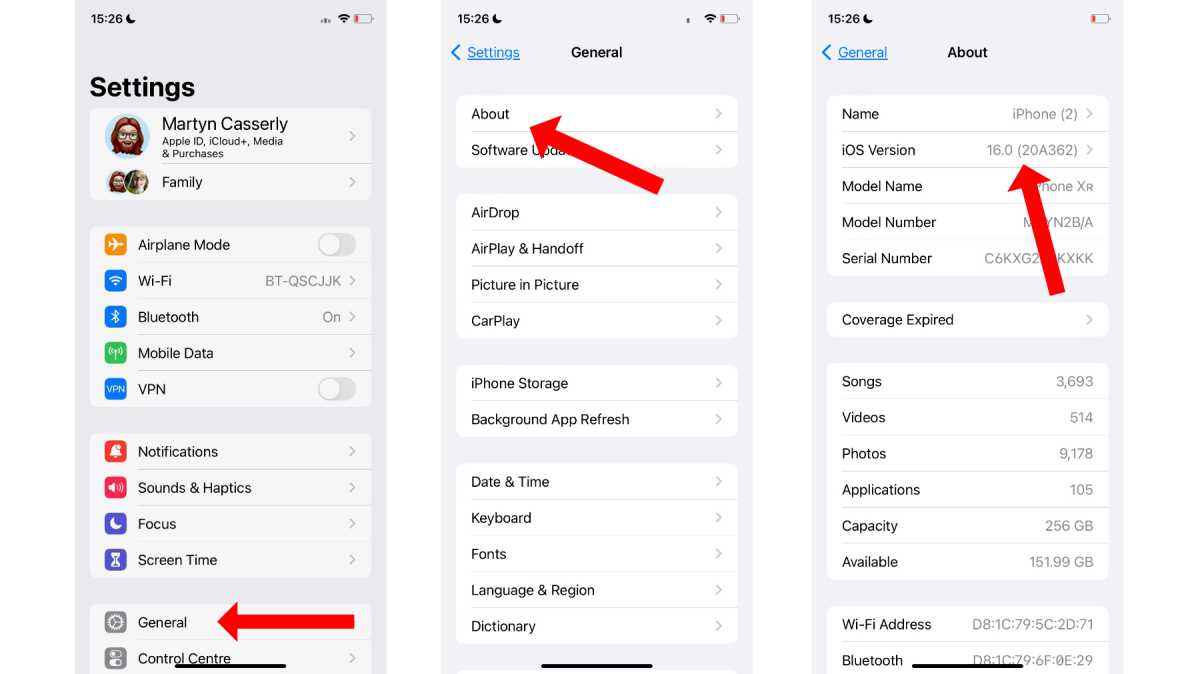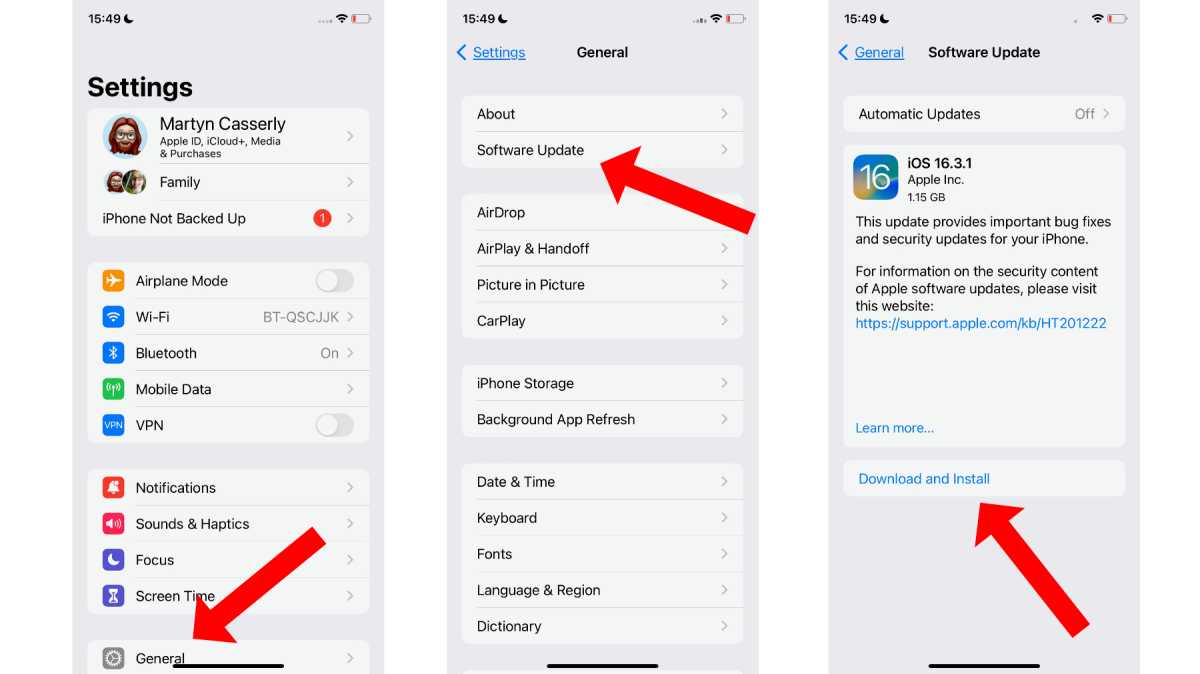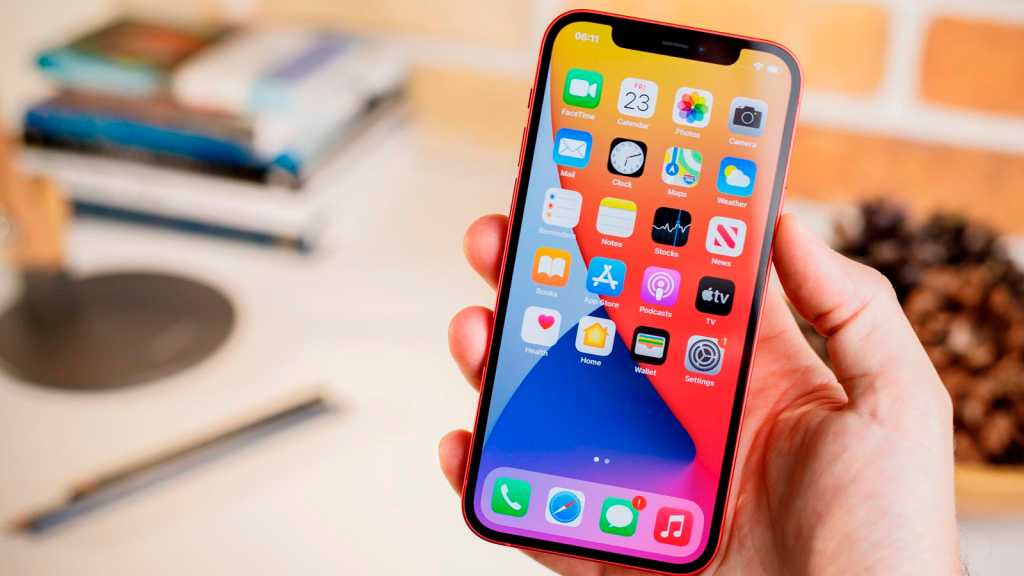iOS is at the heart of the iPhone experience. It’s the operating system on which everything else sits, while also delivering plenty of features and dedicated apps built by Apple itself.
Every year (usually in September) Apple adds new features to compatible iPhones with an update to iOS, and in the months that follow more features arrive. If you want to know what the latest version of iOS is, or if you’ve ever wondered about when versions came out and what features they brought, we will answer your questions. We also show you how to check which iOS you’re currently using and how to update to the latest iteration.
In September 2025 there will be a brand new version of iOS. iOS 26 will bring a brand new look and lots of new features, but, for now, iOS 18 is the current version of iOS, or more accurately version iOS 18.5.
iOS version history
iOS made its debut in 2007 alongside the first iPhone. However, when Steve Jobs held the little device aloft revealing it to the world for the first time, it wasn’t running iOS 1. Instead, it was reported by Apple to be powered by OS X, the software for the Mac. Over time it was called iPhone OS, until finally gaining its now legendary name in the fourth generation of the software when it was shortened to iOS in 2010.
Significant milestones are scattered across the iOS timeline, with the first being the introduction of the App Store in iPhone OS 2 in 2008. iOS 4 saw the iPad joining the scene and using the operating system alongside the iPhone.
iOS 5 was introduced along with the iPhone 4S in 2011, which saw the debut of Siri as a built-in part of the operating system. Sadly, this was the last version of the software to be released when Apple CEO and Founder Steve Jobs was still alive.

Apple
Things changed significantly in iOS 11 in 2017 as it brought the first touch and gesture interface, allowing the first iPhone without a Home button–the iPhone X.
Another major shift was with iOS 13 in 2019, as it marked the bifurcation of Apple’s mobile operating systems, with iPhones staying on iOS but the newly announced iPadOS powering the new iPads.
iOS 17 and iPadOS 17 arrived in 2023, then iOS 18 and iPadOS 18 in 2024. Rather than progress to iOS 19, Apple has aligned the numbering of all its operating systems according to the year – so for the 2025 to 2026 version it’s iOS 26.
Here’s how the two iOS versions compare: iOS 26 vs iOS 18.
List of iOS versions and latest versions
Here’s a breakdown of all the versions of iOS that have been released, when they were released, when they were last updated, and the latest iOS version.
- iPhone OS 1 – Released June 29, 2007 (Latest 1.1.5 July 15, 2008)
- iPhone OS 2 – Released July 11, 2008 (Latest 2.2.1 January 27, 2009)
- iPhone OS 3 – Released June 17, 2009 (Latest 3.2.2 August 11, 2010)
- iOS 4 – Released June 22, 2010 (Latest 4.3.5 July 25, 2011)
- iOS 5 – Released October 12, 2011 (Latest 5.1.1 May 7, 2012)
- iOS 6 – Released September 19, 2012 (Latest 6.1.6 February 21, 2014)
- iOS 7 – Released September 18, 2013 (Latest 7.1.2 June 30, 2014)
- iOS 8 – Released September 17, 2014 (Latest 8.4.1 August 13, 2015)
- iOS 9 – Released September 16, 2015 (Latest 9.3.6 July 22, 2019)
- iOS 10 – Released September 13, 2016 (Latest 10.3.4 July 22, 2019)
- iOS 11 – Released September 19, 2017 (Latest 11.4.1 July 9, 2018)
- iOS 12 – Released September 17, 2018 (Latest 12.5.7 January 23, 2023)
- iOS 13 – Released September 19, 2019 (Latest 13.7 September 1, 2020)
- iOS 14 – Released September 17, 2020 (Latest 14.8.1 October 26, 2021)
- iOS 15 – Released September 24, 2021 (Latest iOS 15.8.3 July 29, 2024)
- iOS 16 – Released September 12, 2022 (Latest iOS 16.7.10 August 7, 2024)
- iOS 17 – Released September 18, 2023 (Latest iOS 17.7.2 November 19, 2024)
- iOS 18 – Released September 16, 2024 (Latest iOS 18.3.1 February 10, 2025)
- iOS 26 – Coming September, 2025
List of iPadOS versions
While iOS was the initial operating system for iPad, this changed with the release of iPadOS 13 in 2019. Since then, iPads have had their own platform, enabling Apple to better harness the power of its larger devices. Here’s the short release history of iPadOS:
- iOS 12 – Released September 17, 2018 (Latest 12.5.7 January 23, 2023)
- iPadOS 13 – Released September 24, 2019 (Latest 13.7 September 1, 2020)
- iPadOS 14 – Released September 16, 2020 (Latest 14.8.1 October 26, 2021 )
- iPadOS 15 – Released September 20, 2021 (Latest 15.8.3 July 29, 2024)
- iPadOS 16 – Released October 24, 2022 (Latest 16.7.10 August 7, 2024)
- iPadOS 17 – Released September 18, 2023 (Latest iPadOS 17.7.5 February 10, 2025)
- iPadOS 18 – Released September 16, 2024 (Latest iPadOS 18.3.1. February 10, 2025)
- iPadOS 26 – Coming September, 2025
Also see: How long does Apple support iPads?
Which iOS versions are currently supported?
In terms of new features, only iOS 18 is currently supported by Apple. When Apple introduces iOS 26 later in 2025 it will stop development of new features for iOS 18, but it will continue to provide security updates.
Apple tends to support the past couple of iOS versions with security updates. As of June 2025, Apple supports iOS 17, iOS 16 and iOS 15 with security updates. The most recent versions are: iOS 15.8.4 and iOS 16.7.11 (from March 2025) and iOS 17.7.2 (from November 2024).
Apple’s support for iOS 15 wasn’t expected to extend into 2025, but the March security update is good news for those with an iPhone SE, iPhone 6s, iPhones 7 or 7 Plus as they would potentially be vulnerable without the update. We don’t anticipate that support for iOS 15 will continue beyond September, and at that point we could also lose support for iOS 16 and the iPhones 8 and 8 Plus.
Luckily, many iPhones are able to run supported versions of iOS. See: How long does Apple support iPhones?
We run through which iPhone supports which version of iOS in a separate article: iOS compatibility: Find out the latest version your iPhone can run.
How to tell which version of iOS your iPhone is running
If you’re not sure which version of iOS you’re currently using, it’s very easy to find out. Just go to Settings > General > About and look for the iOS Version number. It’s the same steps for iPadOS.

Foundry
How to install the latest version of iOS
Updating your iPhone to the latest version of iOS is simple, so long as your device is compatible. This doesn’t require much detective work though, as your iPhone will know whether it is eligible for the upgrade or not.
To find out, go to Settings > General > Software Update, and your iPhone will check to see if there are any available. You may also see a notification on the Settings page that says ‘Software Update Available’, which you can click to go straight to the update page. iPadOS works the same way.

Foundry
If there are no updates, you’ll see a message along the lines of ‘iOS is up to date’. Should there be one available, it should tell you on the screen and give you the option to ‘Download and Install’. Do this and your iPhone will automatically apply the update and bring your software to the latest version.
You can also read our tutorial on how to update iOS on iPhone for more details.
So, there it is. A potted history of iOS. Want to know about all the versions of macOS? Read: Mac OS X and macOS: Every version released so far. You can also find out what the latest version of macOS is.


